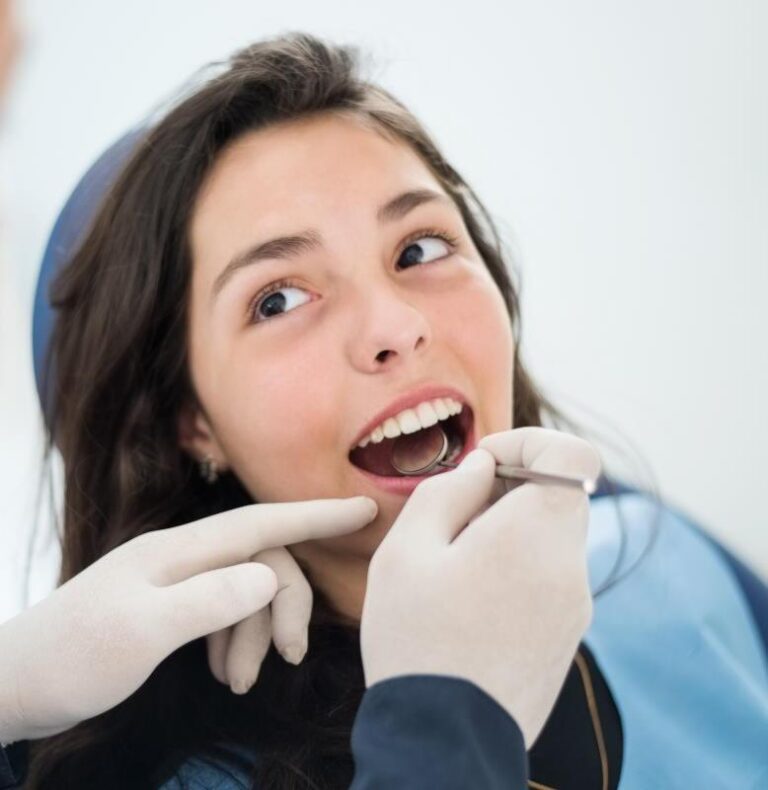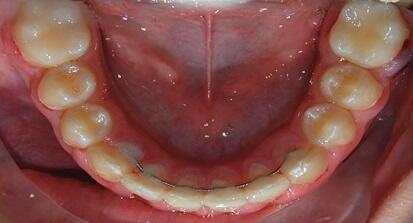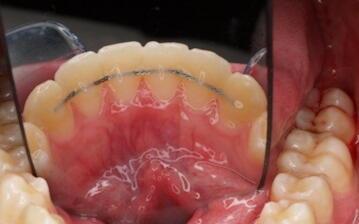
Lingual braces are placed on the inner surface of the teeth, so that they are not visible from the outside, and are therefore an esthetic solution for orthodontic treatment.
Lingual braces are those that are placed on the back of the teeth and are a fixed orthodontic technique characterized by the fact that the device is practically invisible. The way to achieve this is through the attachment of the brace to the lingual side of the teeth (the inner side). This orthodontic technique is often just as effective as other less esthetic systems and can solve any problem or defect related to the alignment and malocclusion of a child, adolescent or young person.


As with conventional orthodontics with braces placed on the visible part of the teeth, lingual braces on children, teenagers or young adults, will have a treating duration depending on the complexity of the case. It will depend on the patient’s malocclusion and, therefore, is individual and specific to each case. Generally speaking, these will be treatments that will extend over a longer period. The paediatric or juvenile orthodontist will carry out a complete study of the child´s, adolescent´s or young adult´s malocclusion, by means of a photographic study and dental models taken and will indicate the estimated time of the treatment plan. It should be considered that, depending on the length of time needed to correct the malocclusion, the price of the orthodontic treatment will vary.
Not finishing or stopping orthodontic treatment with lingual or internal braces has the same health risks as not completing any other type of orthodontic treatment. It should be kept in mind that the final result is the real goal and leaving treatment early can have consequences such as relapse, that is, teeth returning to their original position, periodontal involvement of the teeth, and loss of money and frustration for the patient. An oral cavity that is in the process of change that is not controlled by a paediatric or juvenile dentist or orthodontist poses a serious risk to the child´s, teenager´s or young adult’s oral health.


We use technologies like cookies to store and/or access device information. We do this to improve browsing experience and to show (non-) personalized ads. Consenting to these technologies will allow us to process data such as browsing behavior or unique IDs on this site. Not consenting or withdrawing consent, may adversely affect certain features and functions.